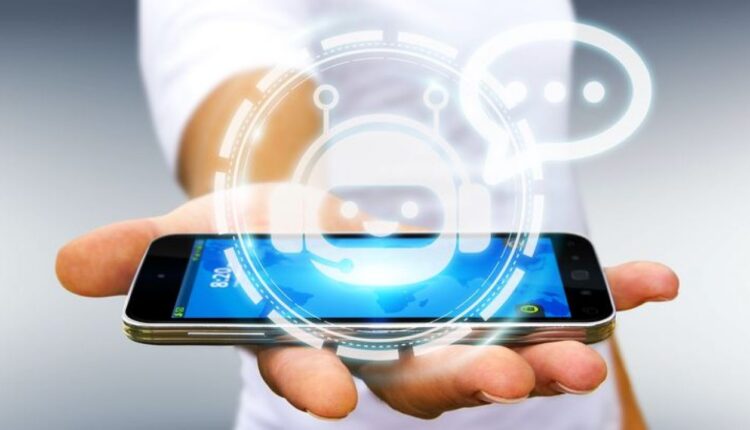Since 1964 the individual has implemented different technological channels that lead us to share with a computer program very similar to human reasoning, managing to involve different alternative methods that have now become precise tools for society.
Alan Turing, from his experience and with extensive knowledge in the area of mathematics and theoretical computing, has carried out different experiments on the ability of machines to think like an individual. That is, to reason and act like a human being. In view of this, he tested an experiment called the Turing Test and with it defined a standard by which it would be possible to know if a machine could be called “intelligent”.
After these investigations, different systems began to be developed until the creation of ELIZA, a machine capable of speaking and establishing a conversation using natural language processing was finalized. The investigations continued their course until 1998 when Artificial Intelligence was involved in its beta phase, a chatbot that used AI applied to speech synthesis created by Creative.
Since then, more and more companies apply AI technology to different channels, this has generated that the world population feels the need to interact with technology through a wide number of channels. According to a report issued by the consulting company Gartner, 47 % of companies are expected to use chatbots for customer service and 40 % have virtual assistants.
For Nacho Gines, Product Director of Masvoz, “a communication, increasingly personalized and that, above all, applied to solutions within the company helps us to have a great impact on the customer journey and the user experience.”
K.Villarroel
Source: 20minutes


